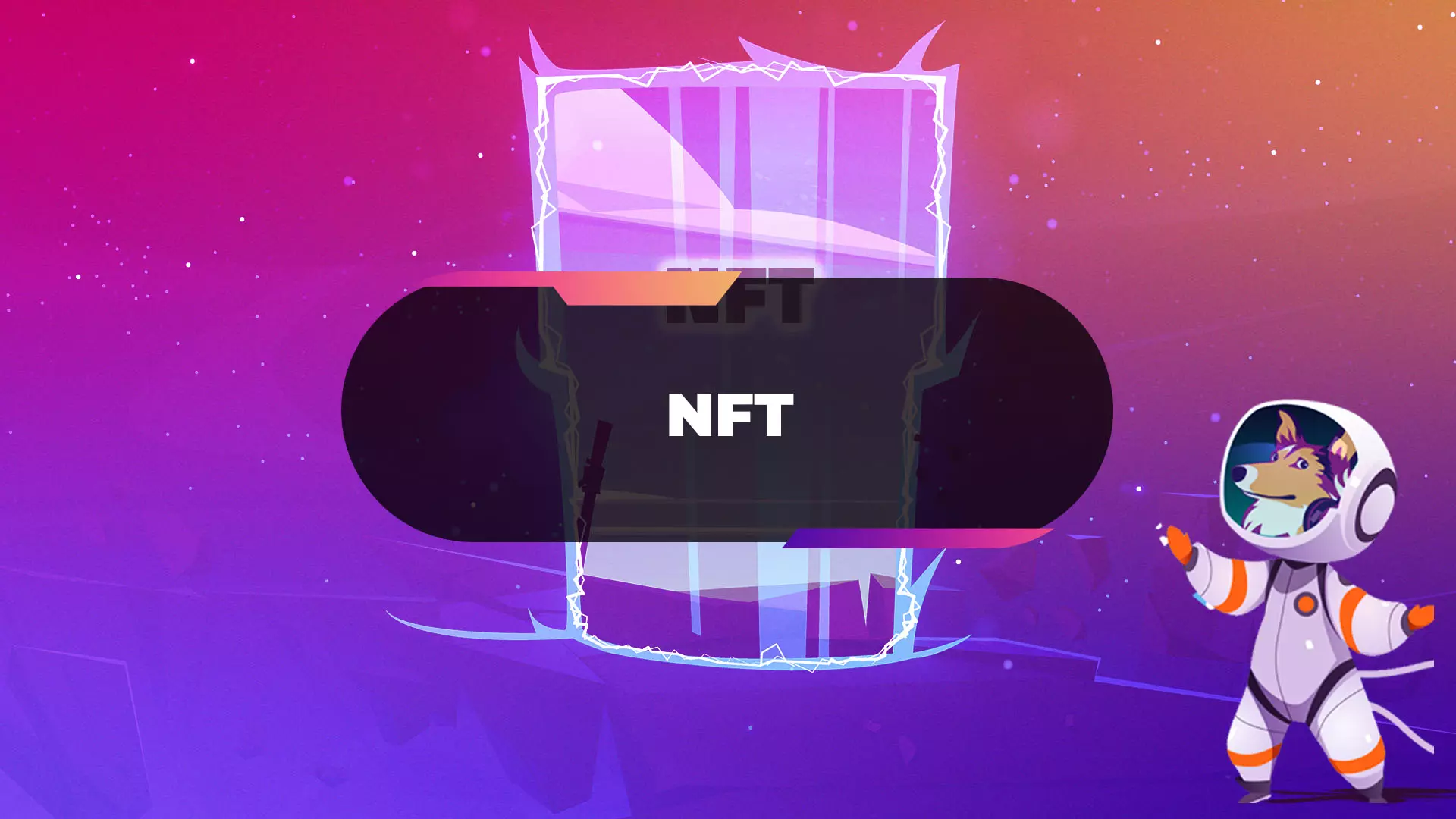
What is an NFT?
Basic information
The NFT, or Non-Fungible Token, is the new driving force behind digital ownership. Owners of, e.g., virtual images make millions thanks to them, but how does it all work?
More about NFT
The NFT abbreviation indicates a transparent proof of ownership of a digital item and enables the identification of its owner.
This is most often an image, video, song, game item, tweet but may even be, e.g., a TikTok post. Basically, everything can be tokenized. Non-fungible tokens only apply to a unique item and carry information about the owner. It can be imagined as a patent for a unique invention.
The mentioned proofs of material or spiritual ownership have no equivalent for which they can be freely exchanged. In short, there is no other identical property with the same proof of ownership, and also no other proof of ownership that would be exactly the same.
This is also true for NFTs, which represent the ability to prove ownership of unique digital items on the Internet. We do the same with physical objects in the real world, for example, by keeping a proof of purchase.
However, tokenized items usually continue to remain freely “available” for anyone to view or download – in spite of there being only a single unique proof of ownership, which is stored on the blockchain. It is this ownership right that can be sold, most often for ethereum.
Owning something in the digital world even when the item is available to everyone? Yes, it sounds illogical, but this method works even now, for example, with paintings by famous artists. With NFTs, we can also design limited editions of various items, for example “1 out of 100”. This is a completely common thing in the real world as well, for example with limited edition cars.
As we mentioned before, NFTs are recorded on the blockchain and therefore their ownership is secure. In the future, they may not only be used for digital art, but also as various confirmations, for example, about completing a course.
A quick summary of what we already know about NFTs:
- provide unambiguous identification of the item’s owner on the Internet,
- ensure the originality and value of items,
- provide an easy transfer of ownership,
- significantly shape a new artistic trend.
How does it all work?
NFTs are based on smart contracts. These are fulfilled automatically as soon as all the contract conditions between the buyer and the seller, which were written in advance in the code, are met. These transactions are non-refundable.
The contract may also include a mention of “royalties”, i.e., license fees. The creates of the given NFT profits from these. An order to delete the item after a certain period can also be programmed into the contract.
NFTs, like cryptocurrencies, are stored in cryptocurrency wallets and contain unique identifiers and other necessary metadata. With each transaction, the blockchain records which token was sold, who bought it, and who sold it.

Where to buy NFTs?
There are special NFT markets where various items are traded. It is a bit like the stock market. The first thing to do is establish a crypto wallet that supports NFT ownership. It is then important to get ethereum, which is used to pay the ownership transfer fees.
Afterwards, just choose one of the platforms such as Foundation, Nifty Gateway, OpenSea, Rarible or SuperRare.
How to create NFTs?
NFTs can be easily created on one of the trading platforms listed above. Again, you need to own a crypto wallet, as you have to pay a fee to operate the network.
The user uploads a file representing his unique item to the marketplace and then chooses whether he wants to immediately offer it for auction, for direct sale, or keep it in his or her wallet.
You can also set the parameters of the smart contract, especially license fees, which can then be collected with each transaction. These usually range between 5 and 30%.
Sources: wiki, pixabay.com
👉 Whole Charlie’s Crypto Dictionary
Previous

Next














































